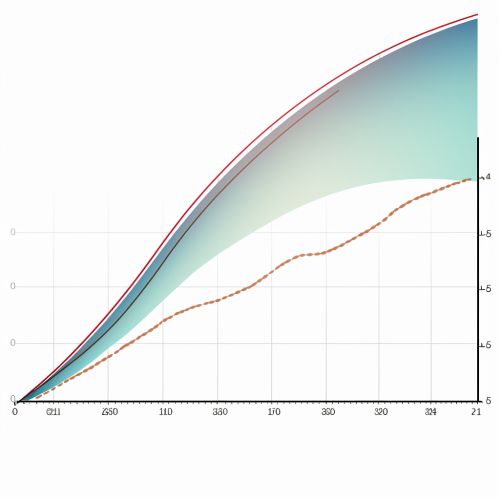Hormesis
Introduction
Hormesis is a biological phenomenon that involves the beneficial effects of a low exposure to agents that are harmful at higher doses. The term is derived from the Greek word "hormaein", which means "to excite". Hormesis is a dose-response relationship phenomenon characterized by low-dose stimulation and high-dose inhibition, often depicted as a J-shaped or an inverted U-shaped dose-response curve read more.


History
The concept of hormesis has been recognized since ancient times, with the earliest recorded mention in the writings of Paracelsus, a Swiss physician and alchemist, who stated that "the dose makes the poison". However, the term "hormesis" was first used in the scientific literature in the 1940s by Chester M. Southam and J. Ehrlich, who were studying the effects of low doses of cedar wood extract on various fungi.
Biological Basis
The biological basis of hormesis lies in the adaptive response of organisms to stress. When an organism is exposed to a low level of a harmful agent, it triggers a defensive response that not only helps the organism to cope with the immediate threat, but also prepares it for future threats. This is known as "adaptive stress response" or "preconditioning". The key players in this response are the cellular stress response pathways, which include the heat shock response, the oxidative stress response, and the DNA damage response read more.
Types of Hormesis
Hormesis can be classified into two main types: direct and indirect. Direct hormesis refers to the beneficial effects that occur as a direct result of exposure to a low dose of a harmful agent. Indirect hormesis, on the other hand, refers to the beneficial effects that occur as a result of the adaptive stress response triggered by the exposure.
Evidence of Hormesis
Evidence of hormesis has been observed in a wide range of organisms, from bacteria and yeast to plants and animals, and in response to various types of stressors, including radiation, heat, and chemicals. In humans, hormesis has been observed in response to exercise, dietary restriction, and exposure to low levels of toxins.
Hormesis and Health
The concept of hormesis has important implications for health and disease. It suggests that a certain level of stress is necessary for maintaining health and that interventions that enhance the body's adaptive stress response may have therapeutic potential. This has led to the development of various hormetic interventions, such as heat therapy, cold therapy, and intermittent fasting read more.
Hormesis and Aging
Hormesis also has implications for aging. Studies have shown that hormetic interventions can extend lifespan in various organisms, from yeast to mice. This has led to the hypothesis that hormesis may be a universal mechanism of lifespan extension.
Controversies and Criticisms
Despite the growing body of evidence supporting hormesis, the concept remains controversial. Critics argue that the evidence is inconsistent and that the mechanisms underlying hormesis are not well understood. They also caution against the indiscriminate application of hormetic interventions, warning that what is beneficial for one individual or species may be harmful for another.
Conclusion
In conclusion, hormesis is a fascinating biological phenomenon with important implications for health, disease, and aging. While the concept remains controversial, ongoing research is shedding light on the mechanisms underlying hormesis and exploring its potential applications.
See Also
Adaptive Stress Response Dose-Response Relationship Intermittent Fasting
